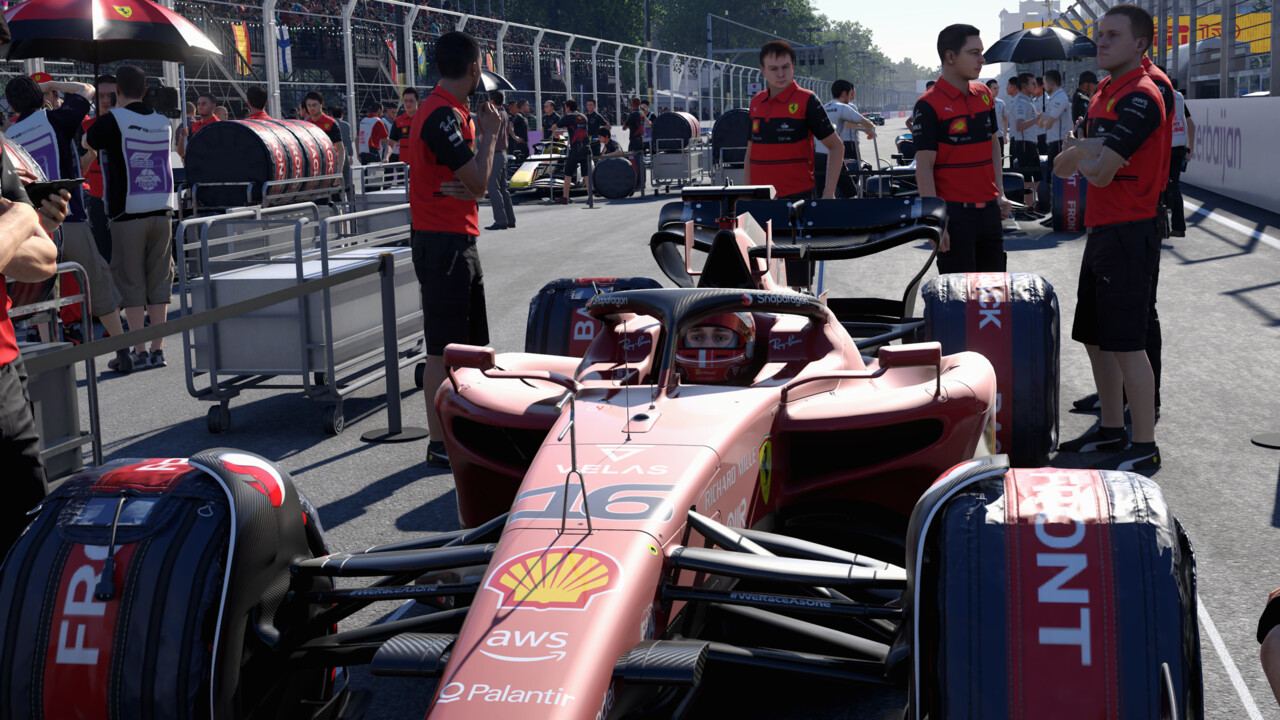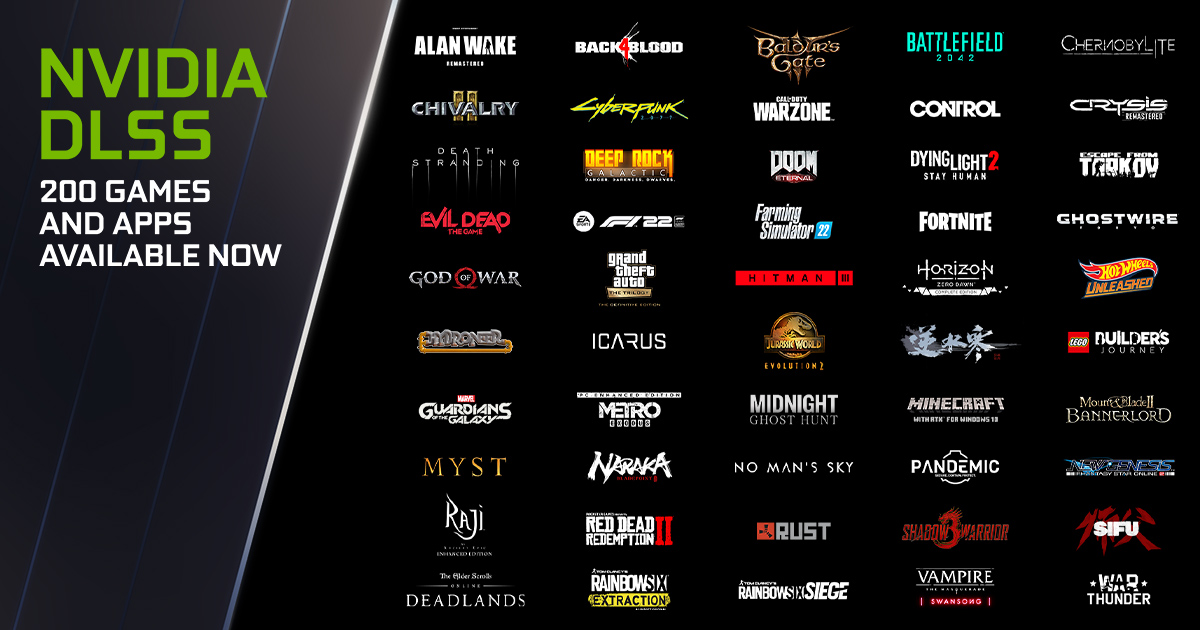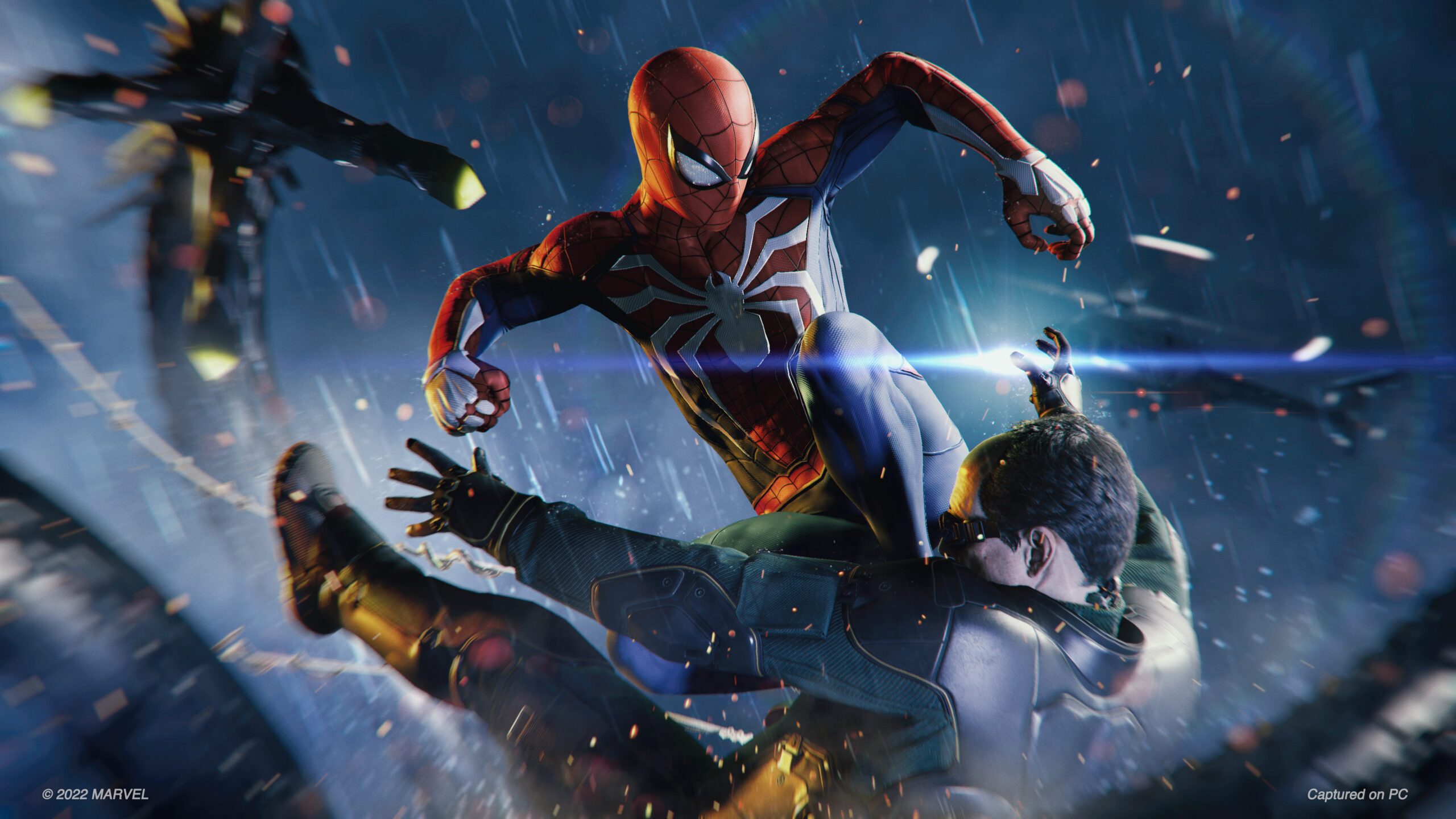Like F1 2021, F1 22 optionally uses ray tracing for shadows and reflections. Both qualitatively and in terms of frequency, however, the rays play a significantly greater role in the new part, which is primarily due to two reasons. Reflections are now used much more intensively, and at the same time it is possible in F1 22 to calculate the surrounding occlusion using ray tracing.
All three ray tracing variants, i.e. shadows, reflections and ambient occlusion, can be switched on and off separately in the graphics menu. Reflections are again divided into two groups: reflections on transparent objects such as glass and reflections on non-transparent objects (metal, puddles, etc.).
Additionally, there is an RT quality toggle that allows for Medium, High, and Ultra High options. This always applies to all four RT variants at the same time and cannot be specified for each option. Ray tracing is activated by default from the general graphics preset "Ultra high", all effects are then set to the RT preset "High".




